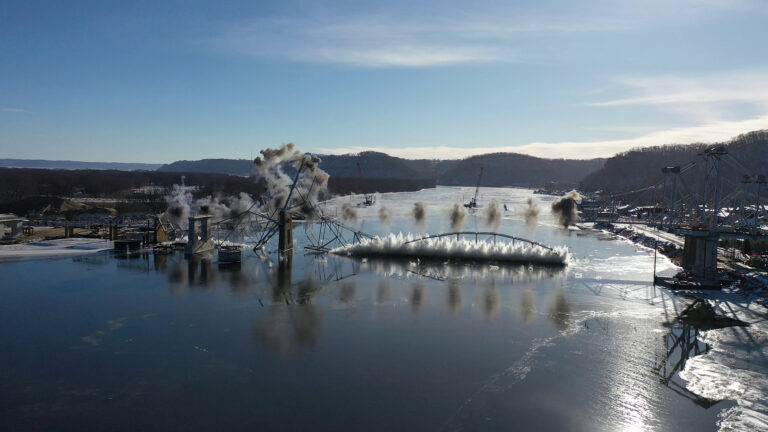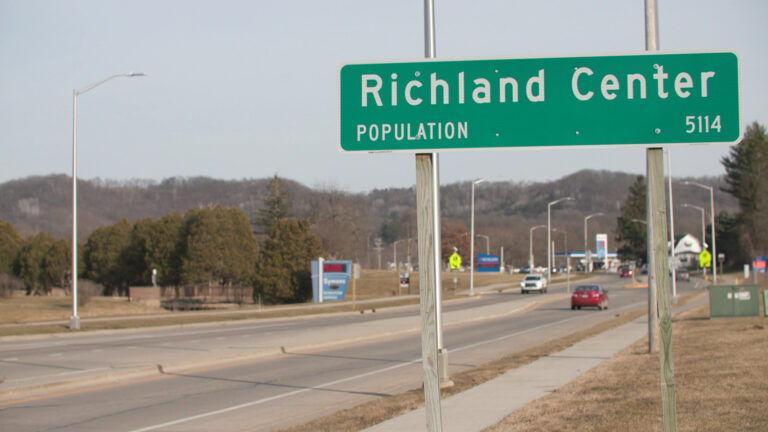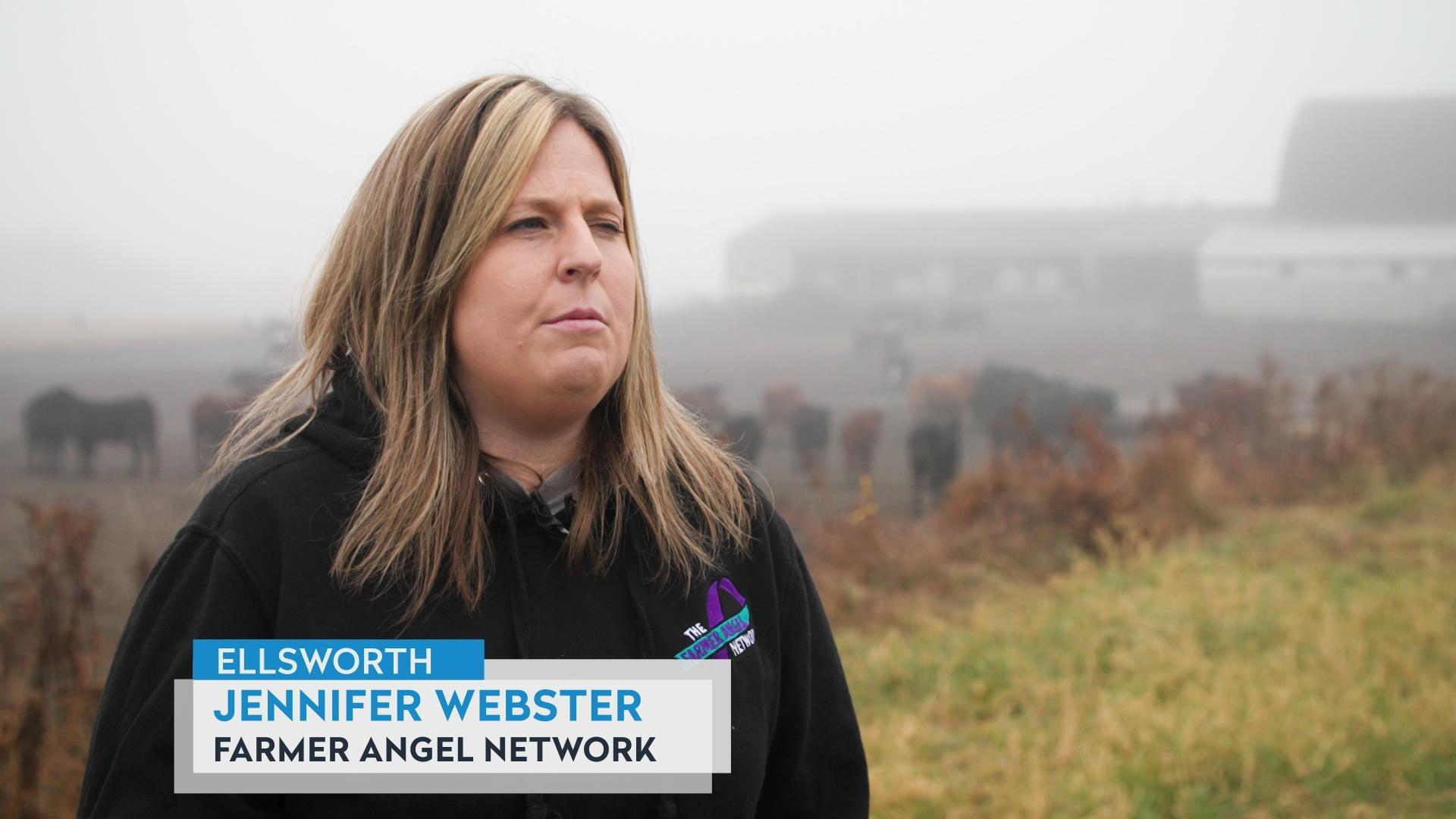Amy Barrilleaux on Wisconsin's water attracting data centers
Clean Wisconsin communications director Amy Barrilleaux considers how fresh water is a factor in tech companies building AI data centers and the environmental questions related to using this resource.
By Jane McCauley | Here & Now
May 28, 2025
VIDEO TRANSCRIPT
Jane McCauley:
Why are these companies looking at Wisconsin? What makes it so special?
Amy Barrilleaux:
Well, I think when we think about Wisconsin, we have to think about water, right? We are on two Great Lakes. The Great Lakes is the largest freshwater system in the world. These companies may be being a little bit quieter about climate change and meeting their climate change goals and things like that than they used to be, but when they're making business decisions, they are very much thinking about climate change. So, when you look at Wisconsin compared to some other states, we are projected to be relatively water-rich in the coming decades. And data centers, particularly AI data centers, need a lot of water. We're seeing these companies coming into Wisconsin and other states in the Midwest, and the draw is our water resources. Those are essential for AI data centers to operate.
Jane McCauley:
A lot of these data centers are going to require water to cool them down — what specific water resources are they going to be pulling from?
Amy Barrilleaux:
When data centers go through all that computation, they get hot. So, water is used for cooling, basically, evaporation to cool the data center. And that's typically potable water. It has to be clean water at the same level that you would drink. So oftentimes these data centers will pull from the drinking water system, or they will drill their own well to access the drinking water aquifers that are below our feet in Wisconsin. These are critical resources. When I talk about the aquifer, you may not realize we have a big sandstone aquifer below our feet across much of Wisconsin where a lot of communities draw their drinking water from. So that aquifer takes a while to recharge. In times of drought or water stress, the aquifer levels drop. And we need to pay attention to how much withdrawals are happening. We have a lot of competing interests for that water: communities, farming, businesses, manufacturing and now AI data centers coming in to access some of that water. Usually, it's water coming from the drinking water system that everybody relies on.
Jane McCauley:
What are some of the environmental impacts of these data centers continuing to pop up around Wisconsin and pulling this water?
Amy Barrilleaux:
Well, we're trying to see what those environmental impacts are going to be. I know that the Microsoft data center, for example, has said that they're going to use water recycling — reclamation — so they can try to control their water footprint. We don't have as much information about what these other data centers are going to be using. And then we share these resources with other states. So, we know a lot of data centers are coming to Michigan, for example, AI data centers. That means big energy, big water use, and we have to share our Great Lakes water resources. And what we're not seeing is a lot of communication between states about what projects are being green-lit, what the water withdrawals are going to be, and what the potential stressors are going to be. So, I think we're in a position where we don't know what the environmental impact is going to be until it starts to happen, and that's not a situation we want to be in.
 Passport
Passport











Follow Us